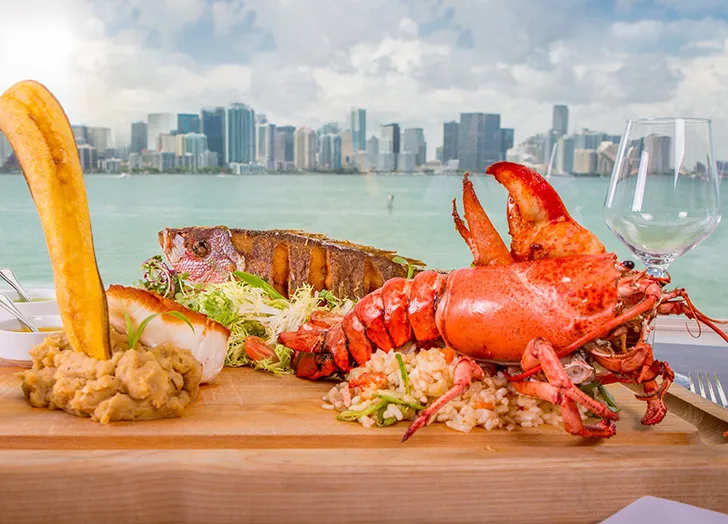Introduction
Seafood restaurants offer a unique dining experience that combines the freshness of the ocean with culinary expertise. To run a successful seafood restaurant, high-level management skills are essential. In this article, we will explore the keys to success in managing seafood restaurants and how to create an exceptional dining experience for customers.
1. Quality Ingredients
The foundation of any seafood restaurant is the quality of its ingredients. Sourcing fresh seafood is crucial to delivering a memorable dining experience. Establishing relationships with local fishermen and suppliers ensures a steady supply of the freshest seafood available. High-level management understands the importance of quality and takes the necessary steps to maintain it.
Additionally, a seafood restaurant should offer a diverse menu that caters to different tastes and preferences. This includes a variety of fish, shellfish, and other seafood options. By providing a wide selection, customers can choose their favorite dishes or try something new, enhancing their overall dining experience.
2. Skilled and Knowledgeable Staff
A successful seafood restaurant relies on a skilled and knowledgeable staff. High-level management understands the importance of hiring individuals with a passion for seafood and the ability to provide excellent customer service. Staff should be well-versed in the different types of seafood, cooking methods, and flavor profiles to guide customers in making informed choices.
Ongoing training and development programs should be implemented to ensure that staff members stay updated with the latest industry trends and techniques. This investment in staff education not only enhances their skills but also boosts their confidence, resulting in a higher level of service for customers.
3. Emphasis on Sustainability
With increasing concerns about the sustainability of seafood, high-level management recognizes the importance of responsible sourcing. Seafood restaurants that prioritize sustainability not only contribute to the preservation of marine ecosystems but also appeal to environmentally conscious customers.
Implementing sustainable practices, such as serving locally sourced and seasonal seafood, can be a key differentiator for seafood restaurants. High-level management should also consider partnering with organizations that promote sustainable fishing practices to further demonstrate their commitment to the environment.
4. Consistency in Quality
Consistency is crucial in maintaining a high-level dining experience. Customers expect the same level of quality and taste with every visit to a seafood restaurant. High-level management understands the importance of establishing standard operating procedures to ensure consistency in food preparation, presentation, and service.
Regular quality checks and feedback mechanisms should be in place to identify any areas for improvement. By addressing issues promptly and consistently, seafood restaurants can maintain their reputation for delivering exceptional dining experiences.
5. Ambiance and Atmosphere
The ambiance and atmosphere of a seafood restaurant play a significant role in creating a memorable dining experience. High-level management understands the importance of creating a welcoming and comfortable environment for customers.
Attention should be given to the interior design, lighting, and music to create a relaxing and enjoyable atmosphere. Sea-themed decor, soothing colors, and soft lighting can enhance the overall dining experience and make customers feel like they are dining by the sea.
Conclusion
Managing a seafood restaurant requires high-level skills and attention to detail. By focusing on quality ingredients, skilled staff, sustainability, consistency, and ambiance, seafood restaurants can create exceptional dining experiences for their customers. Embracing these keys to success will not only attract loyal customers but also ensure the long-term prosperity of the business.



